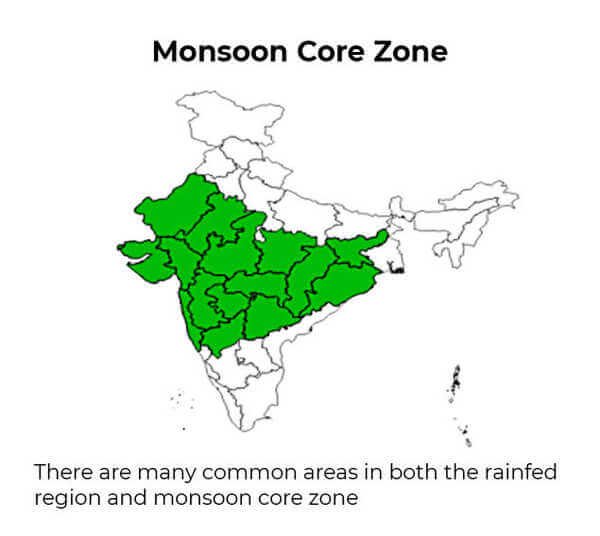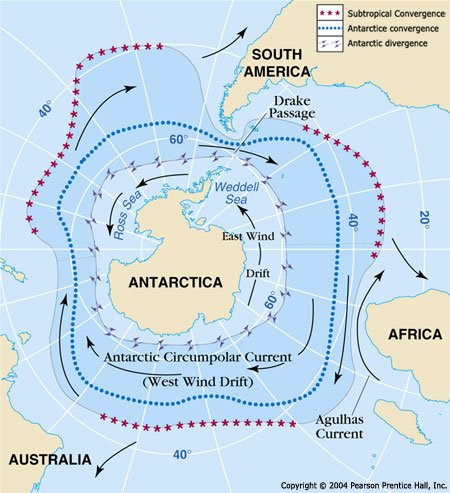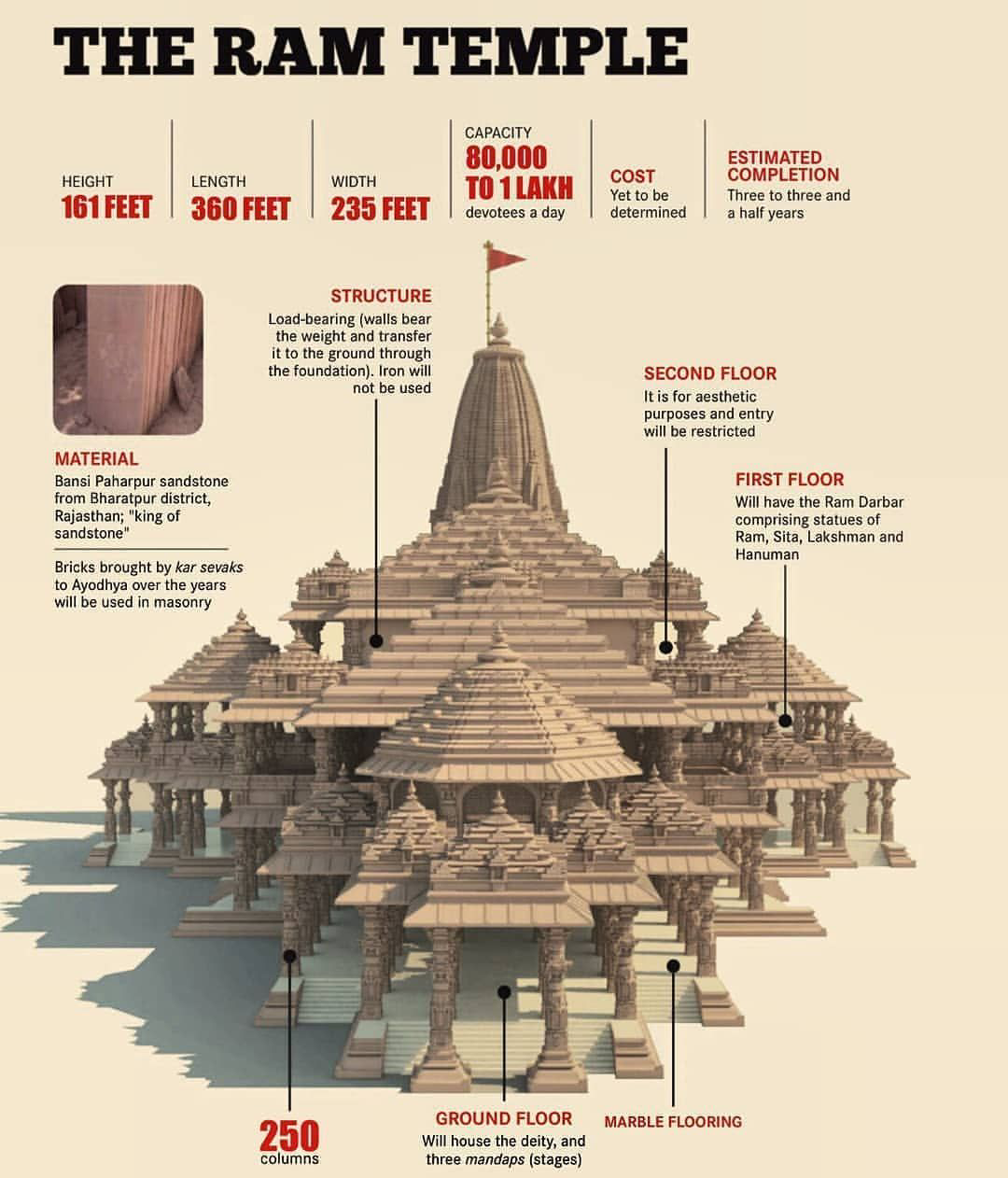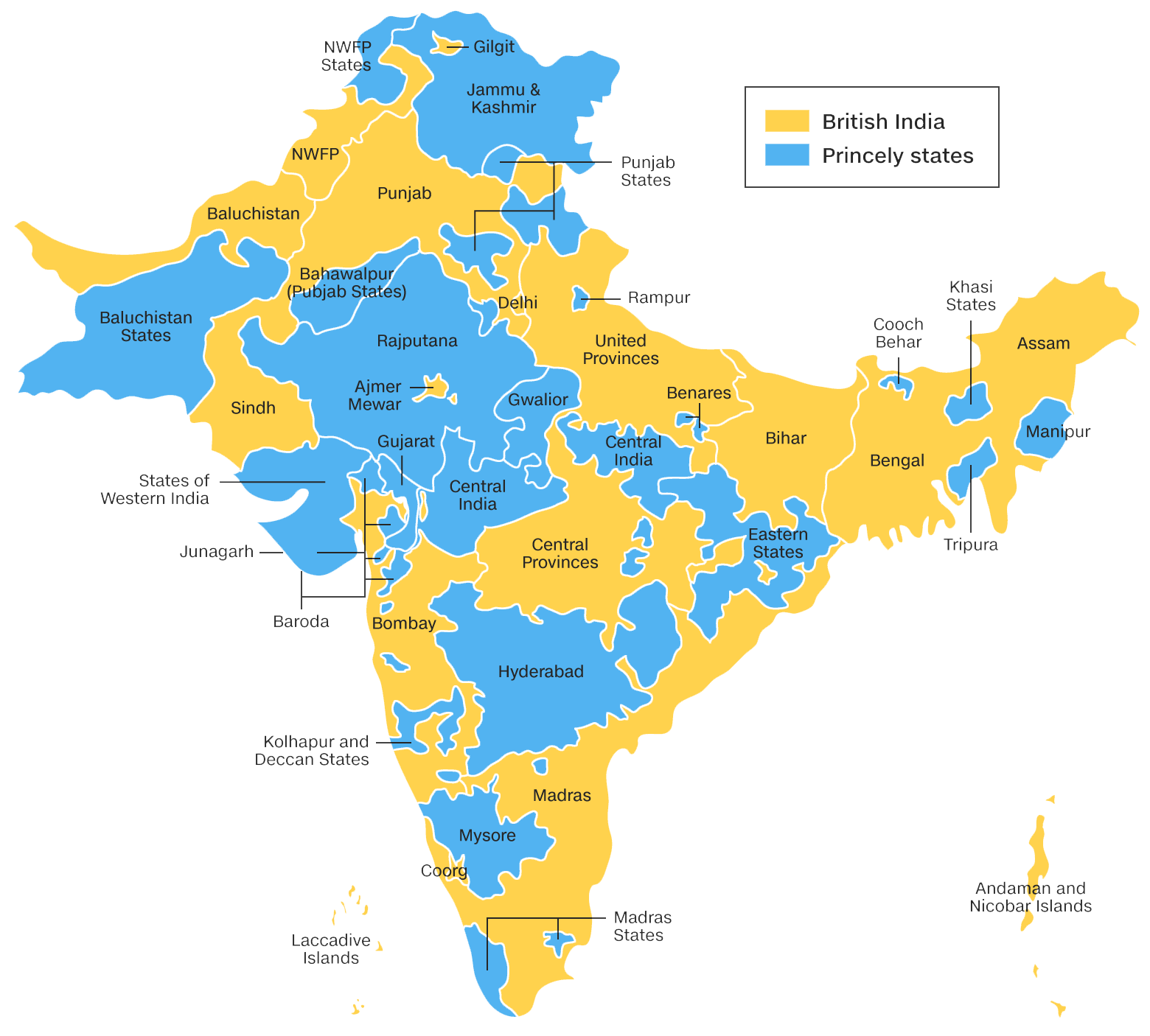
Atmospheric Research Testbed
Subscribers of "Current Affairs" course can Download Daily Current Affairs in PDF/DOC
Subscribe to Never Miss an Important Update! Assured Discounts on New Products!
Must Join PMF IAS Telegram Channel & PMF IAS History Telegram Channel
- Context (IE): The first phase of India’s Atmospheric Research Testbed in Central India (ART-CI) was inaugurated on March 12.
- It is located at Silkheda in Sehore district, around 50 km northwest of Bhopal in Madhya Pradesh.
- The facility is funded by the Ministry of Earth Sciences (MoES).
- It occupies 100 acres of land and costs Rs 125 crore to develop.
- The Indian Institute of Tropical Meteorology (IITM), Pune, manages its operations.
- Phase 1: ART has started remote sensing and in-situ measurements using 25 meteorological instruments.
- Phase 2: It will involve deploying additional instruments like radar wind profiler, balloon-bound radiosonde, and soil moisture and temperature measuring equipment.
- These instruments will be used to study crucial cloud processes. Specifically, it will examine the monsoons over central India’s Monsoon Core Zone (MCZ).
What is the Atmospheric Research Testbed (ART)?
- The ART is a research program. It conducts observational and analytical research in an open field.
- The facility focuses on studying weather parameters like temperature and wind speeds.
- It also observes transient synoptic systems during the southwest monsoon season.
- These systems include low-pressure areas and depressions from the Bay of Bengal.
- The goal is to generate a large amount of data over time. This data can be compared with existing weather models to improve rainfall predictions.
- The ART setup will validate satellite-based observations for weather predictions.
|
Why having an Atmospheric Research Testbed is important?
- Currently, 45% of India’s workforce works in agriculture. Much of Indian agriculture relies on rainfall, especially in the Monsoon Core Zone (MCZ), which spans from Gujarat to West Bengal.
- The southwest monsoon season contributes to 70% of India’s annual average rainfall, which is around 880mm.
- Kharif cultivation (July and August), experiences an average monthly rainfall of 280.4mm and 254.9mm, respectively (based on the 1971-2020 average).
- During July and August, rain-bearing synoptic systems, like low pressures or depressions, form in the Bay of Bengal and move towards the Indian mainland, passing through the MCZ and causing significant rainfall.

Why is it important to have data about monsoons over central India?
- Limited understanding of synoptic systems’ role, cloud physics, and their impact on monsoon rainfall.
- Central India serves as a natural laboratory for scientists to study the monsoon.
- Climate change is causing erratic rainfall patterns, strengthening low-pressure systems.
- Data improves numerical weather models: ART allows scientists to gather long-term data on cloud physics, precipitation, and other parameters that can improve rainfall forecasts. Accurate forecasts help farmers plan activities effectively.
|
Why Madhya Pradesh?
- Silkheda was chosen for ART due to its alignment with major rain-bearing synoptic systems’ path.
- The location allows for direct monitoring and tracking of these systems.
- Silkheda is free from pollutants, making it ideal for sensitive meteorological instruments.
- Its pristine environment ensures accurate recording of meteorological data.




![PMF IAS Environment for UPSC 2022-23 [paperback] PMF IAS [Nov 30, 2021]…](https://pmfias.b-cdn.net/wp-content/uploads/2024/04/pmfiasenvironmentforupsc2022-23paperbackpmfiasnov302021.jpg)











